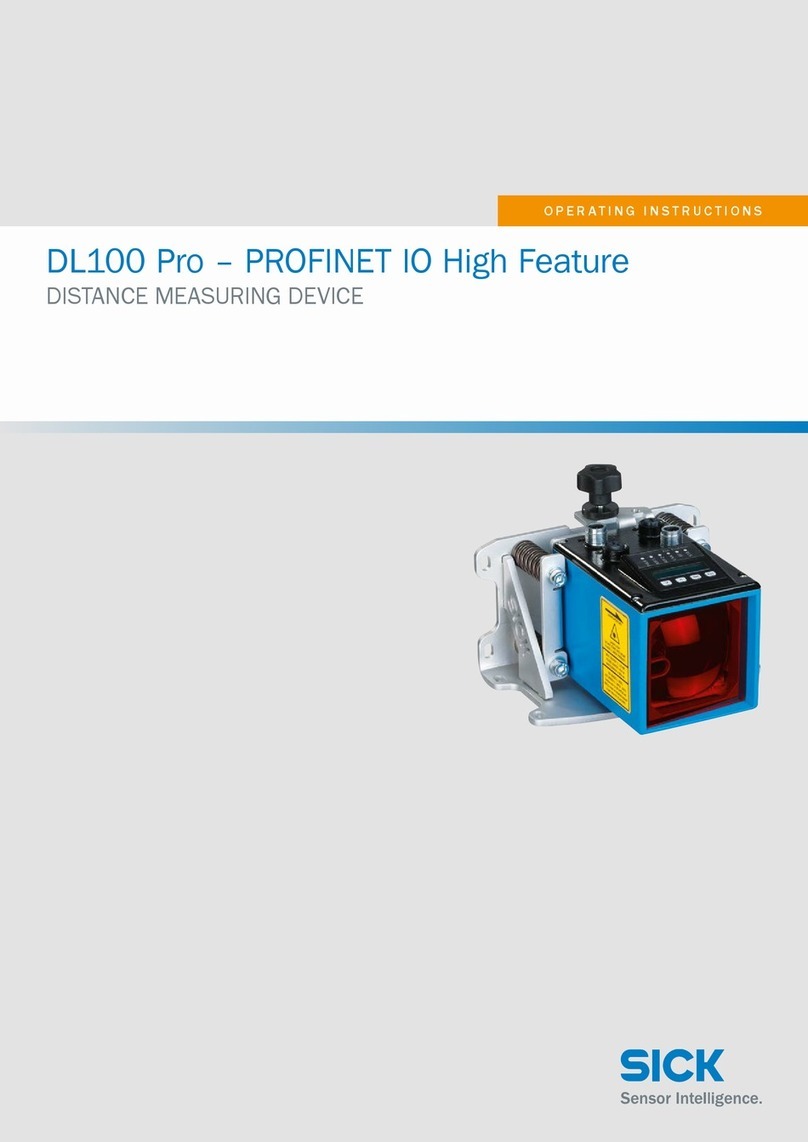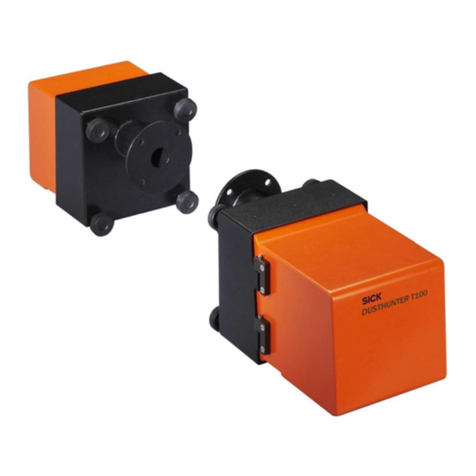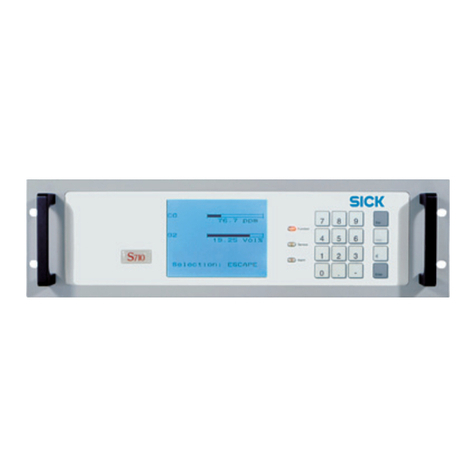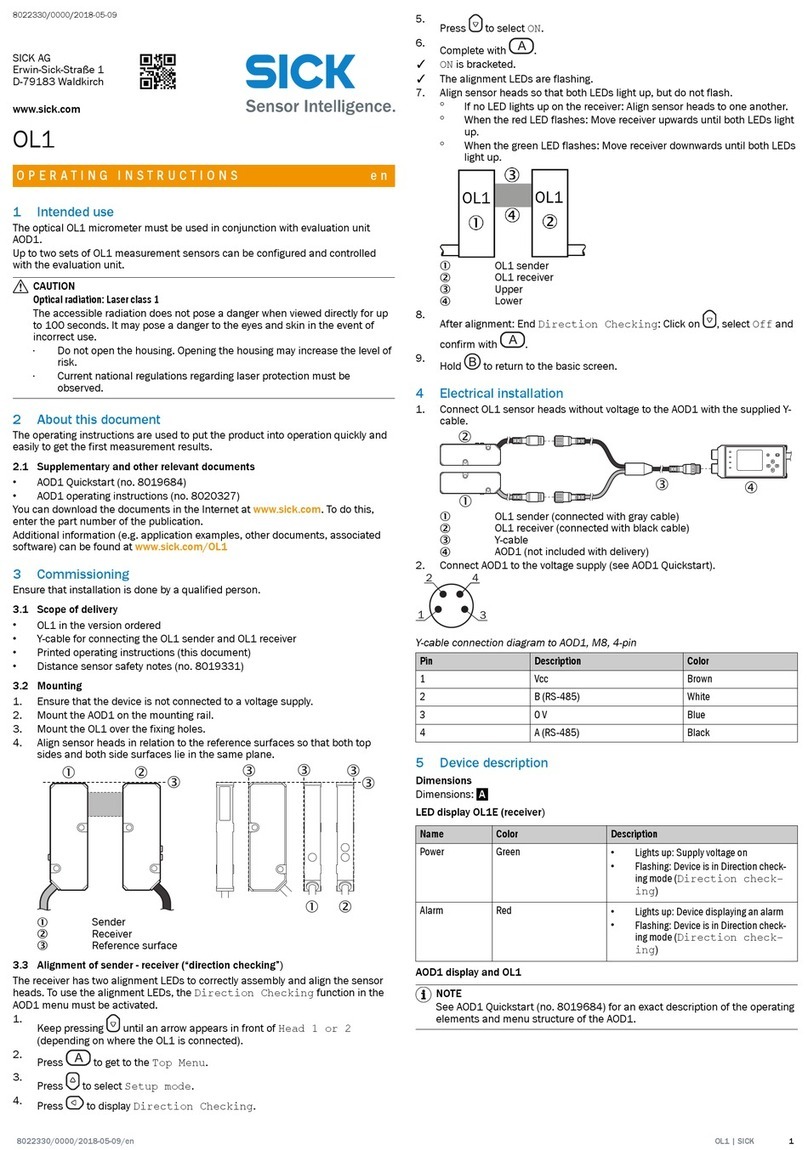SICK LMS 200 Installation guide
Other SICK Measuring Instrument manuals
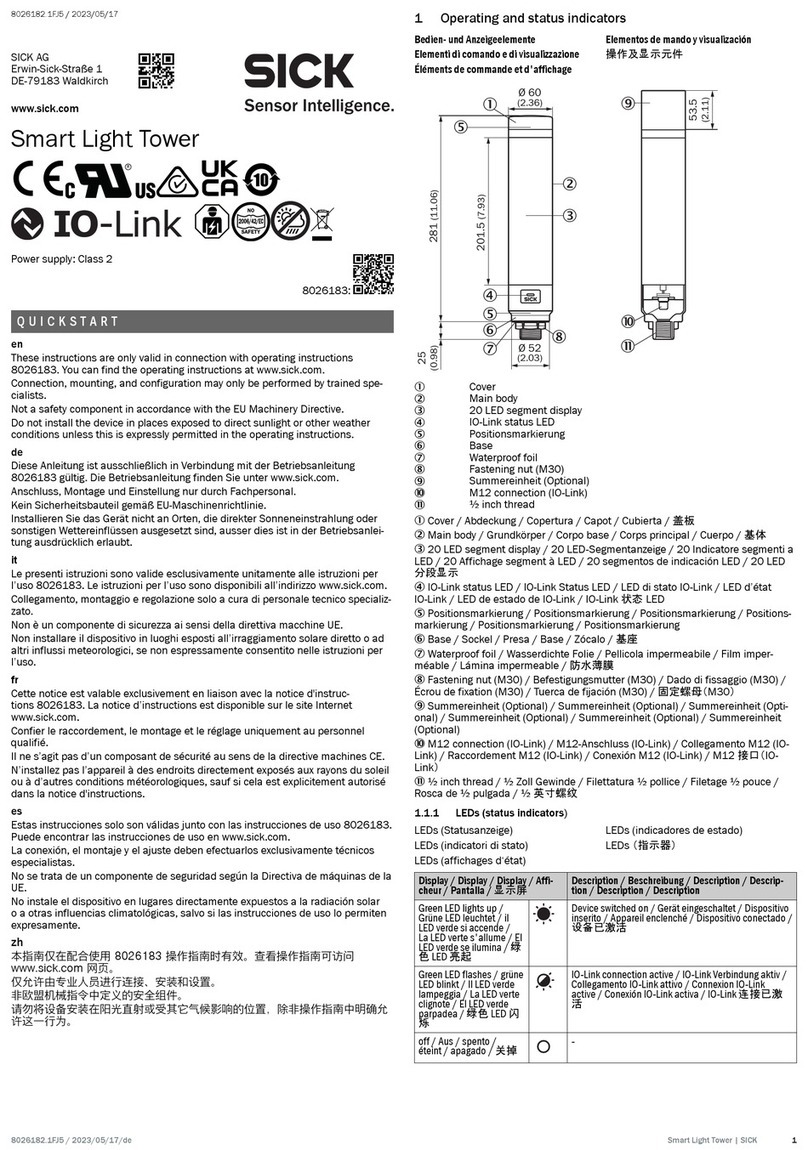
SICK
SICK SLT060-0B010J700 User manual
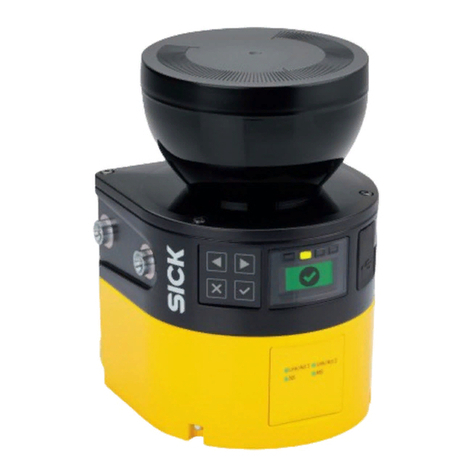
SICK
SICK microScan3 Pro I/O User manual

SICK
SICK DUSTHUNTER T User manual

SICK
SICK DL100 Pro User manual
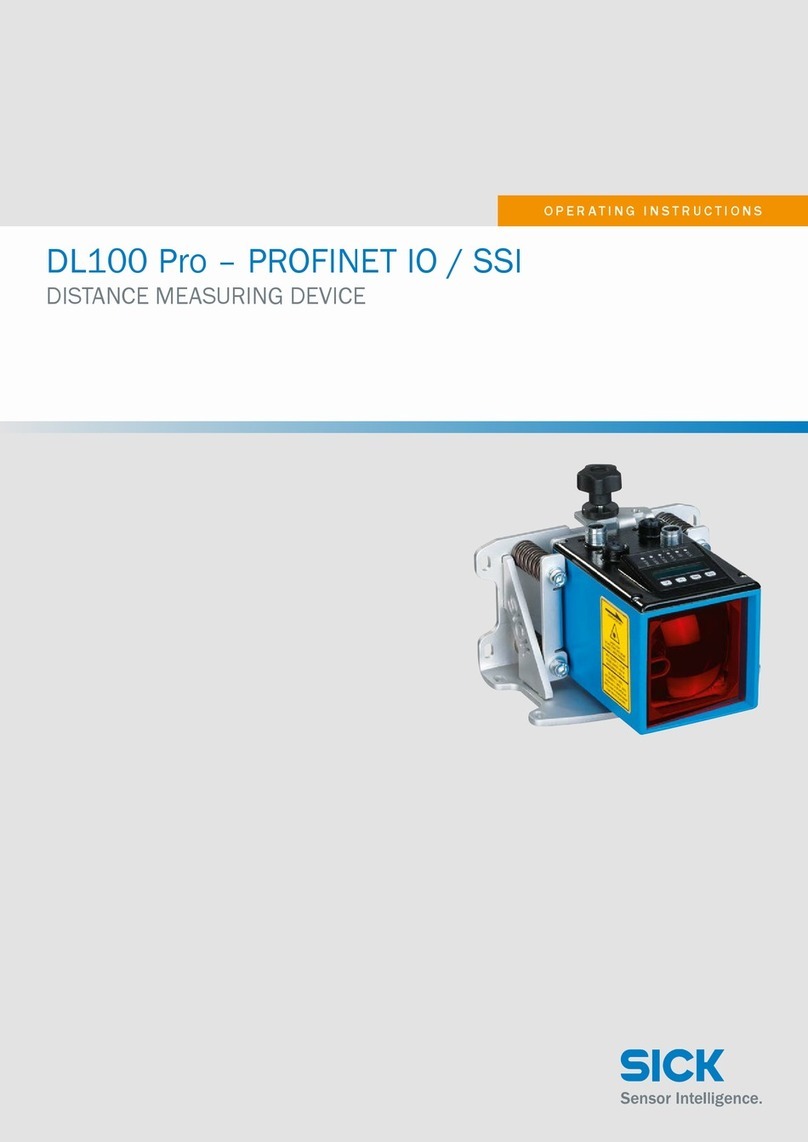
SICK
SICK DL100 Pro User manual
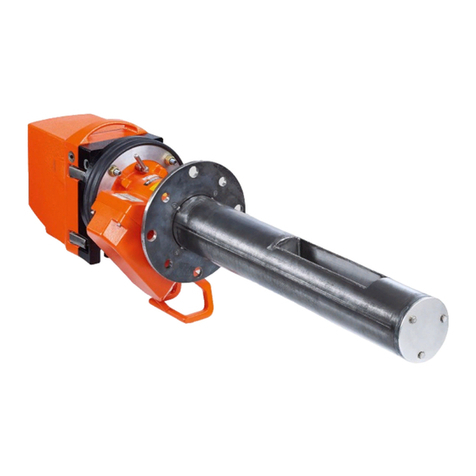
SICK
SICK GM700 Operating instructions
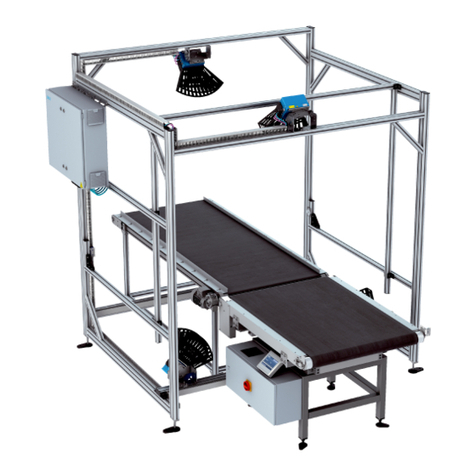
SICK
SICK VMS4400 CV User manual

SICK
SICK GM32 Series User manual
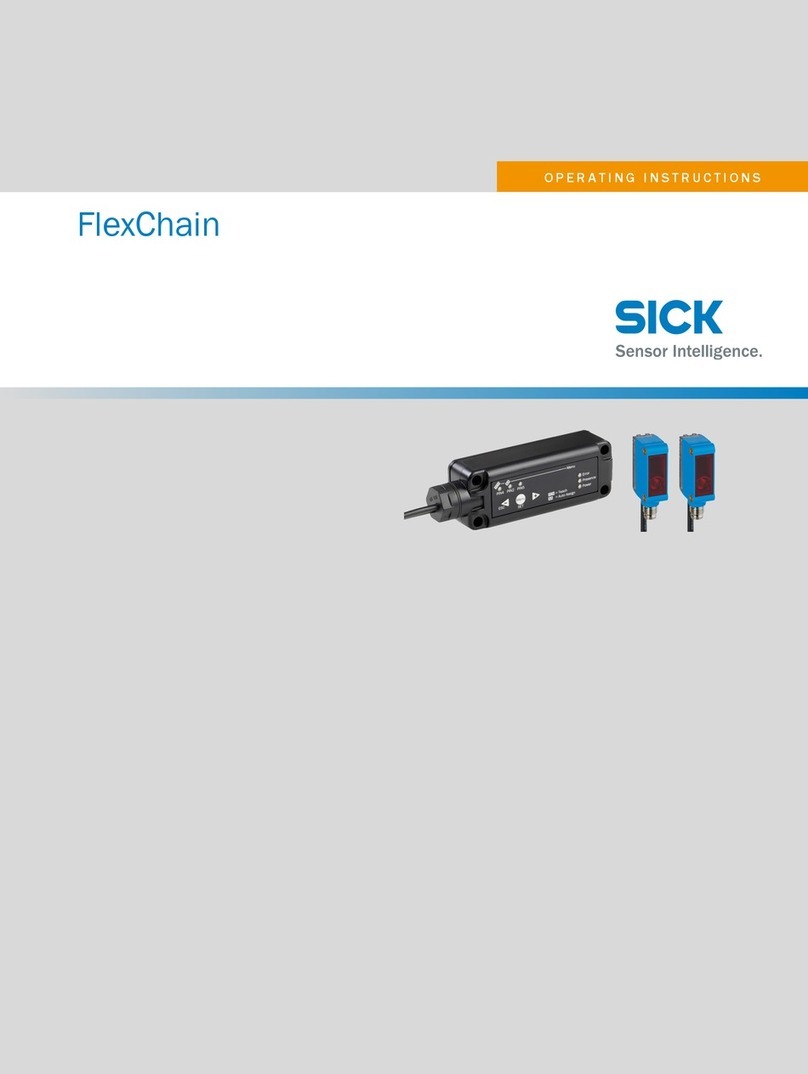
SICK
SICK FlexChain User manual
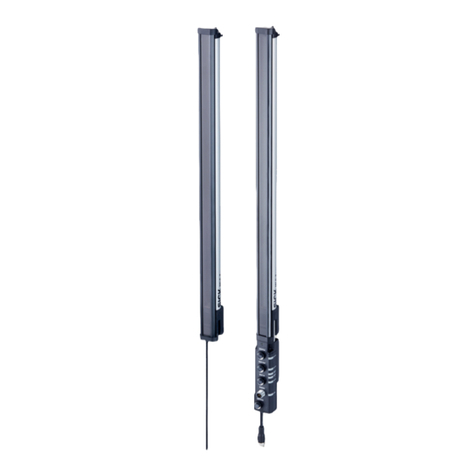
SICK
SICK WebChecker MLG-2 User manual

SICK
SICK FLOWSIC500 User manual
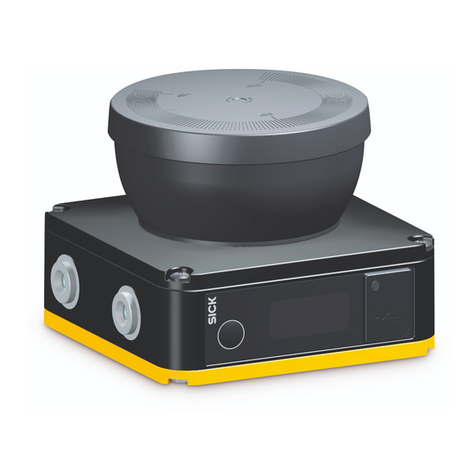
SICK
SICK nanoScan3 I/O User manual

SICK
SICK DUSTHUNTER SP100 Ex-3K User manual

SICK
SICK FLOWSIC500 User manual
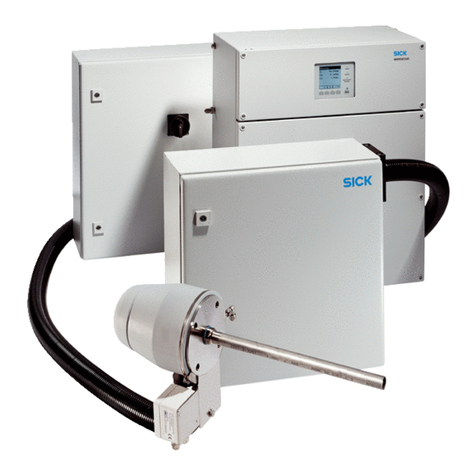
SICK
SICK MARSIC200 Manual

SICK
SICK GM700 User manual

SICK
SICK GM901 User manual

SICK
SICK FLOWSIC600-XT User manual
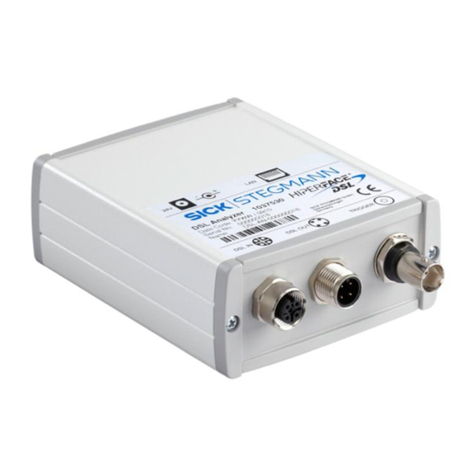
SICK
SICK PGT-09-S User manual
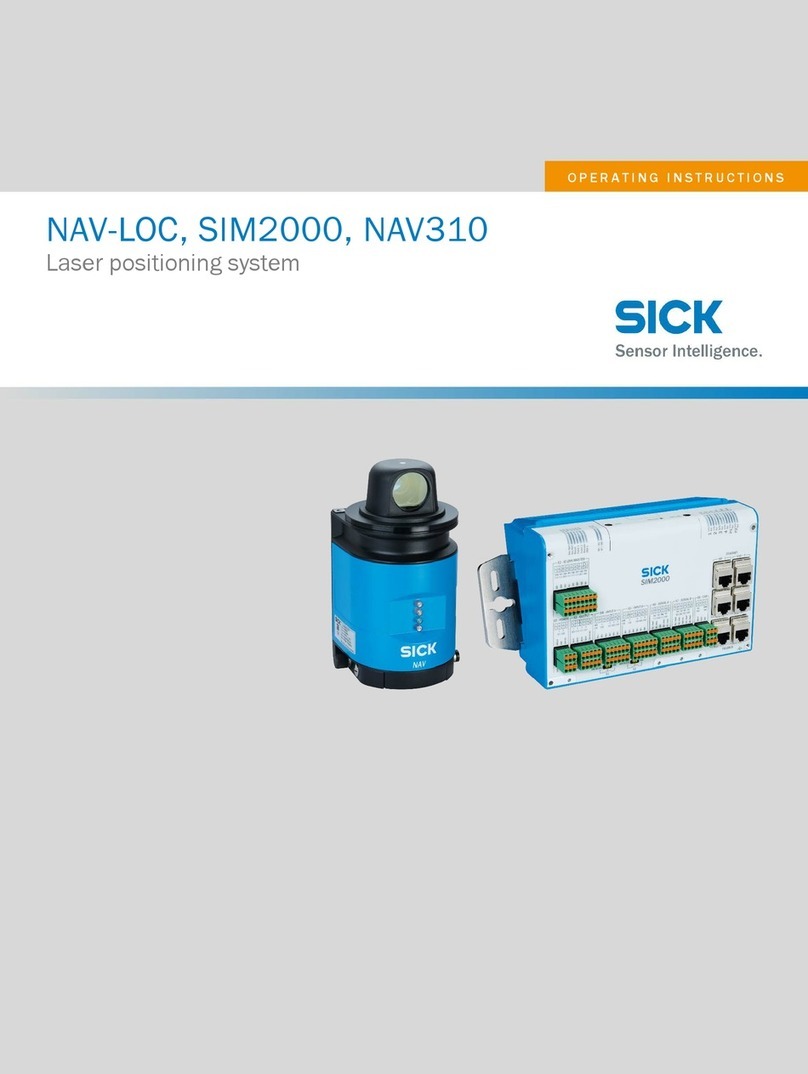
SICK
SICK NAV-LOC User manual
Popular Measuring Instrument manuals by other brands

Powerfix Profi
Powerfix Profi 278296 Operation and safety notes

Test Equipment Depot
Test Equipment Depot GVT-427B user manual

Fieldpiece
Fieldpiece ACH Operator's manual

FLYSURFER
FLYSURFER VIRON3 user manual

GMW
GMW TG uni 1 operating manual

Downeaster
Downeaster Wind & Weather Medallion Series instruction manual

Hanna Instruments
Hanna Instruments HI96725C instruction manual

Nokeval
Nokeval KMR260 quick guide

HOKUYO AUTOMATIC
HOKUYO AUTOMATIC UBG-05LN instruction manual

Fluke
Fluke 96000 Series Operator's manual

Test Products International
Test Products International SP565 user manual

General Sleep
General Sleep Zmachine Insight+ DT-200 Service manual
